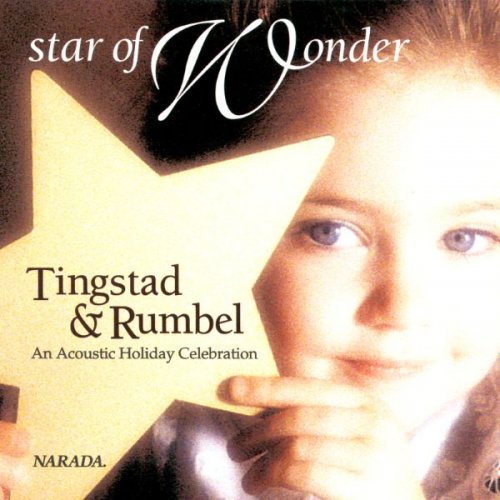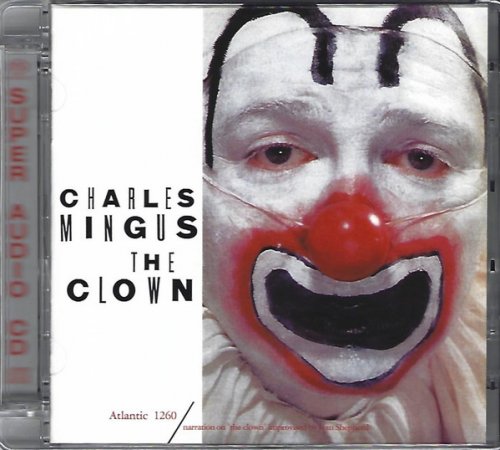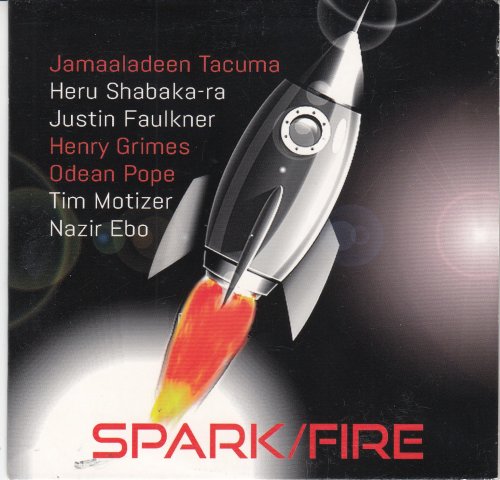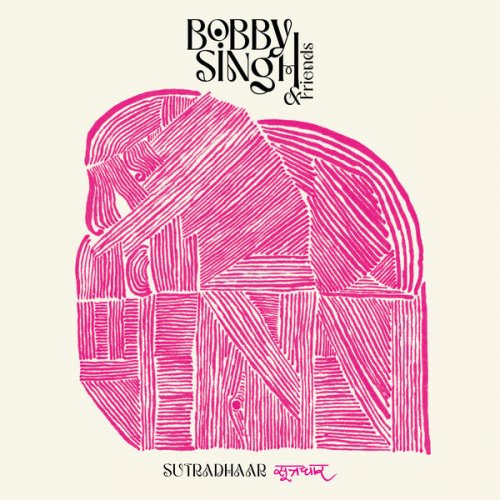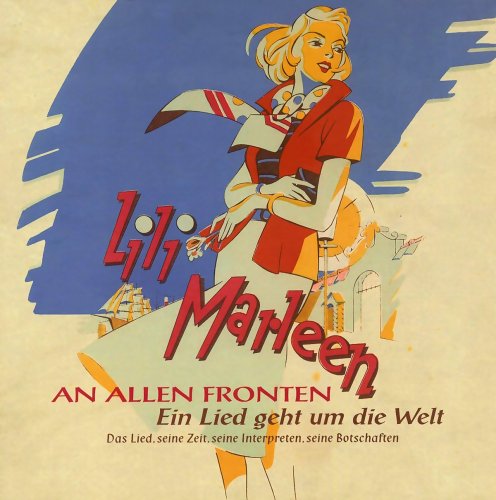Ophélie Gaillard - Bach: Cello Suites (2011) [Hi-Res]
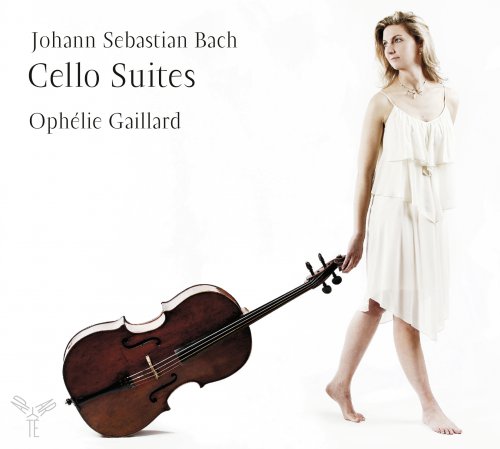
Artist: Ophélie Gaillard
Title: Bach: Cello Suites
Year Of Release: 2011
Label: Aparté
Genre: Classical
Quality: FLAC (tracks, booklet) [96kHz/24bit]
Total Time: 2:16:56
Total Size: 2.17 GB
WebSite: Album Preview
Tracklist:Title: Bach: Cello Suites
Year Of Release: 2011
Label: Aparté
Genre: Classical
Quality: FLAC (tracks, booklet) [96kHz/24bit]
Total Time: 2:16:56
Total Size: 2.17 GB
WebSite: Album Preview
Johann Sebastian Bach (1685-1750)
CD1
Suite no1 en sol majeur / in G major, BWV 1007
1. Prélude
2. Allemande
3. Courante
4. Sarabande
5. Menuets I et II
6. Gigue
Suite no2 en ré mineur / in D minor, BWV 1008
7. Prélude
8. Allemande
9. Courante
10. Sarabande
11. Menuets I et II
12. Gigue
Suite no3 en ut majeur / in C major, BWV 1009
13. Prélude
14. Allemande
15. Courante
16. Sarabande
17. Bourrées I et II
18. Gigue
CD2
Suite no4 en mi bémol majeur / in E flat major, BWV1010
1. Prélude
2. Allemande
3. Courante
4. Sarabande
5. Bourrées I et II
6. Gigue
Suite no5 en ut mineur / in C minor, BWV 1011
7. Prélude
8. Allemande
9. Courante
10. Sarabande
11. Gavottes I et II
12. Gigue
Suite no6 en ré majeur / in D major, BWV 1012
13. Prélude
14. Allemande
15. Courante
16. Sarabande
17. Gavottes I et II
18. Gigue
The Bach Cello Suites are an iconic monument of the literature with which any serious cellist must grapple. Performances can vary from the metronomically precise just-play-the-notes approach to the other extreme in which a player's idiosyncratic interpretations are so pronounced that they become the center of attention rather than Bach's sublime music. This 2010 version is French cellist Ophélie Gaillard's second recording of the suites, the first made a decade earlier when she was in her mid-twenties. For the most part Gaillard's take on the music (like that of most sensible cellists) lies somewhere in between, but with some movements closer to the eccentric end of the spectrum. Gaillard's technical fluency is unimpeachable. Her intonation, even in the most outrageous multiple-stop chords, is impeccable. She plays with a ripe, absolutely luscious tone that may not suit the taste of the most fervent period performance devotees but that would likely elicit wonder from just about everyone else. Her use of vibrato is circumspect and period-appropriate. She is scrupulous about observing repeats and her use of ornamentation is elegant and understated. The fluidity and unself-conscious physicality of Gaillard's playing keeps the listener aware that except for the preludes, this is sunny, dance-based music. Her handling of the faster movements is especially delightful; the Gigue from the Second Suite and the Bourées from the Fourth (among many others) are just plain fun. It's in some of the preludes where the idiosyncrasies of her interpretation may lose some listeners. The Prelude to the First Suite, consisting entirely of sixteenth note figures, is an interpretive challenge and it's one of the movements to which performers have applied the widest range of rhythmic freedom. Gaillard puts heavy emphasis on the downbeats and frequently sustains them for twice their written length, and she brings a similar approach to the Prelude of the Fourth Suite. Depending on the listener's perspective, her playing of these movements may come across as either expansively elastic or weirdly distended.
A factor that's almost inevitably an issue in recordings of such intimate music for solo string instruments, and sometimes string chamber music, is the clear audibility of strings slapping the soundboard and the player's breathing. In almost any live performing situation, these would not be heard because those sounds don't tend to carry, and an audience member sitting even in the first row would be unlikely to notice them, so a recording is an unfortunately unnatural way to experience this music. The extraneous sounds are only minimally distracting here; Gaillard's breathing, while not annoying or always audible, can sound labored, as if she were working very hard, and that seems to contradict the apparent ease and flexibility of her playing. Otherwise, the acoustic is very fine, with a detailed, spacious, and nicely resonant ambience. -- Stephen Eddins
A factor that's almost inevitably an issue in recordings of such intimate music for solo string instruments, and sometimes string chamber music, is the clear audibility of strings slapping the soundboard and the player's breathing. In almost any live performing situation, these would not be heard because those sounds don't tend to carry, and an audience member sitting even in the first row would be unlikely to notice them, so a recording is an unfortunately unnatural way to experience this music. The extraneous sounds are only minimally distracting here; Gaillard's breathing, while not annoying or always audible, can sound labored, as if she were working very hard, and that seems to contradict the apparent ease and flexibility of her playing. Otherwise, the acoustic is very fine, with a detailed, spacious, and nicely resonant ambience. -- Stephen Eddins
Related Release:

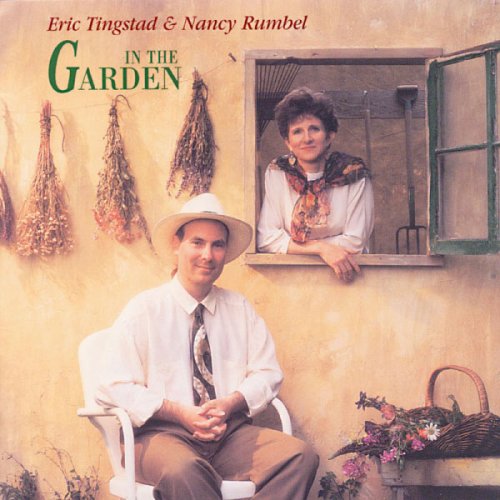
![Black Flower - Abyssinia Afterlife (2014) [Hi-Res] Black Flower - Abyssinia Afterlife (2014) [Hi-Res]](https://img.israbox.com/img/2025-12/21/anj3jk2va3pc3i9y3pv0m7zde.jpg)
